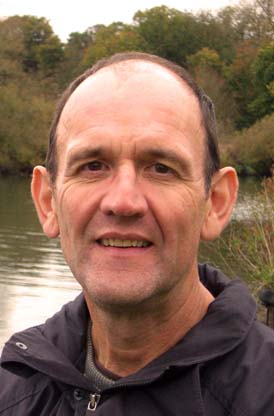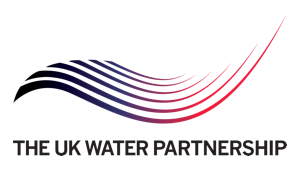The challenge
Point source discharges of pollutants from sewage works or industry are responsible for 16% of failures by rivers to meet WFD targets, and at high concentrations may be damaging to wildlife and human health.
With around 9,000 sewage works in the UK processing 11 billion litres of wastewater a day, and 19,000km of UK rivers being defined as ‘sensitive areas’, predicting the potential impacts of emerging pollutants, such as pharmaceutical drugs or nanoparticles, is challenging but essential if emerging threats to health and welfare are to be identified and mitigated by regulatory agencies at an early stage.
The solution
The Low Flows 2000-WQX software program, developed by CEH and Wallingford HydroSolutions (a NERC spin out company), enables the concentration of ‘point source’ pollutants in rivers, in particular those discharged from sewage works, to be accurately predicted. It provides coverage of England and Wales modelling rivers at a 1:50,000 scale.
From the location, size and operational characteristics of sewage works, estimates of ‘down the drain’ disposal of specific chemical pollutants, and the efficiency of their removal by sewage works, it is possible to predict the quantities of pollutants entering rivers through sewage outflows. Combining this with river flow rates provided by other pre-loaded within the software, and allowing for the ‘half-life’ of the chemicals concerned, it is possible to map predicted concentrations in rivers. If the toxicology of the pollutants is known, a ‘traffic light’ coding can be used to display visually those stretches of river that are at risk to human health and/or ecosystem damage.
Low Flows 2000-WQX has been used to model river concentrations for a variety of pollutants, including steroid estrogens, dishwasher tablet additives, anti-cancer and flu-pandemic drugs and nanoparticles. Predicted concentrations of specific pollutants have been compared with actual concentrations in rivers, and the model has been shown to be robust.
Resulting benefits
Predicting the extent of risks to human health and ecosystems from point source pollutants enables investment in new treatment plant to be targeted effectively – and can save expenditure if no real threat exists.
For example, mapping concentrations of estrogens for the Environment Agency clearly showed those stretches of river that were ‘at risk’, or at ‘high risk’ from discharges. However, a study for the Drinking Water Inspectorate (in association with FERA) showed that pharmaceuticals discharged from sewage works in England and Wales would not pose an appreciable risk to human health from drinking water supplies.
Future directions
The CEH researchers are now looking at how steroid oestroegn risk might look under the river regime expected in 2050 as a result of climate change (linking to the CEH future flow models). They are also developing another model called GWAVA which has a water quality module that seeks to extent these methods to all European rivers. These activities have been funded though EU framework projects (SCENES and NanoFATE).
None listed.
- Williams, Richard J.; Churchley, John H.; Kanda, Rakesh; Johnson, Andrew C.. 2012 Comparing predicted against measured steroid estrogen concentrations and the associated risk in two United Kingdom river catchments. Environmental Toxicology and Chemistry, 31 (4). 892-898. 10.1002/etc.1756
- Kugathas, Subramaniam; Williams, Richard J.; Sumpter, John P.. 2012 Prediction of environmental concentrations of glucocorticoids: the River Thames, UK, as an example. Environmental International, 40. 15-23. 10.1016/j.envint.2011.11.007
- Price, Oliver R.; Williams, Richard J.; Zhang, Zhong; van Egmond, Roger. 2010 Modelling concentrations of decamethylcyclopentasiloxane in two UK rivers using LF2000-WQX. Environmental Pollution, 158 (2). 356-360. 10.1016/j.envpol.2009.09.013


Sources of funding
- EA - Catchment Risk Assessment of Steroid Oestrogens from Sewage Treatment Works, £125k, 3 years
- DWI - Targeted Monitoring for Human Pharmaceuticals in Vulnerable Source and Final Waters, £139k, 2 years
- Defra - Exposure assessment for engineered silver nanoparticles throughout the rivers of England and Wales, £50k, 1.5 years




















 The Water Security Knowledge Exchange Portal supports the objectives of the
The Water Security Knowledge Exchange Portal supports the objectives of the 